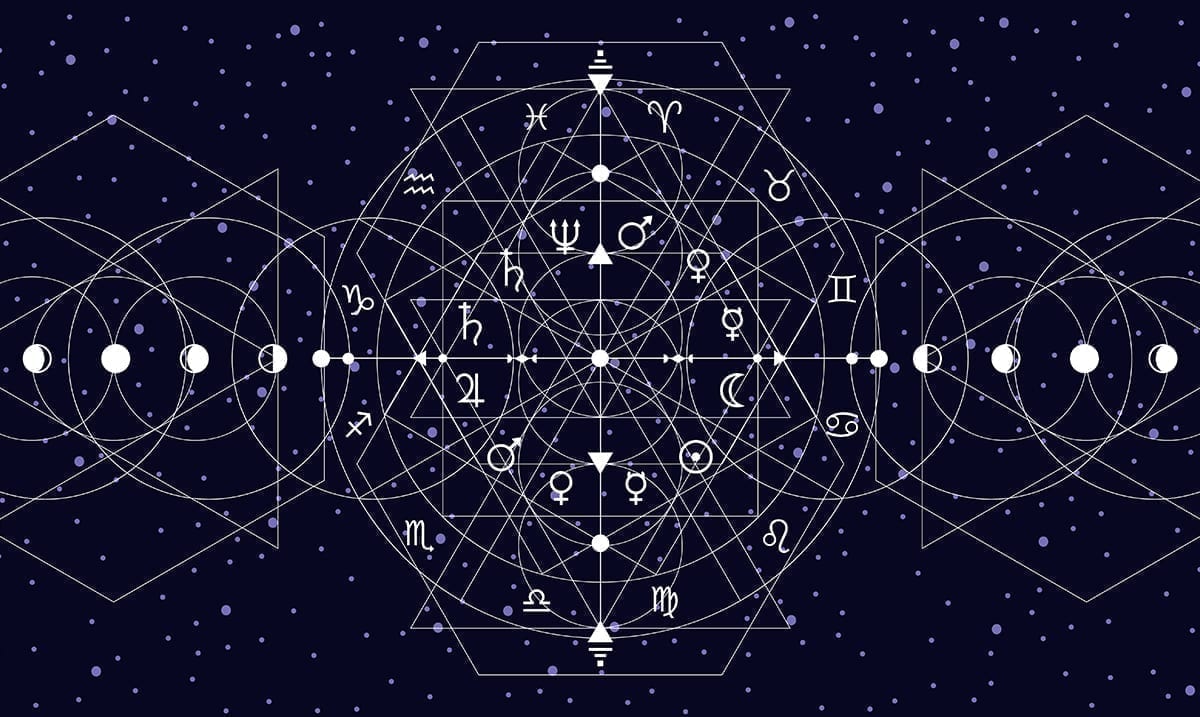Synastry for those who do not know is basically the astrology of love or romance. If you and your partner look at your natal charts, diving into synastry can help you understand where the two of you stand.
While there are tons of things you can look at in regard to synastry some of the bigger things I like to look at when it comes to this kind of thing is a person’s moon sign as well as their ascendant. You see, these things can form aspects with the people they’re with and that can sometimes reveal a lot more than you’d expect.
For instance, if your moon is trine or sextile with your partner or potential partner’s ascendant that means you’re going to be much closer than you typically would be with someone else. That will provide you with more emotional warmth overall and help your relationship with one another grow more properly and potentially flourish. That being said, sometimes there can be aspects that lead to tension within the relationship, and being aware of those helps you to know what issues the two of you need to overcome with one another.
According to CafeAstrology, if your moon is square or opposite your partner or potential partner’s ascendant, that could bring problems for your relationship. Typically, it means finding balance isn’t going to be easy and that the two of you are going to butt heads quite often. While you can work through this by properly communicating, that might not be enough to make things work especially if one of the two of you is not willing to make the efforts needed.
Now, if you find that your moon sign is the same as your partner’s ascendant or even just conjunct it, you two may end up much closer and more naturally connected. This kind of thing is quite mind-blowing the more you dive into it. I for one like to go over this when my friends get into relationships and it honestly tends to help them in the long-run. If you need to generate your natal chart or your partner’s click here to do-so. You can learn a lot in diving into the similarities or differences that your charts hold. To learn more about synastry take a peek at the video below.

